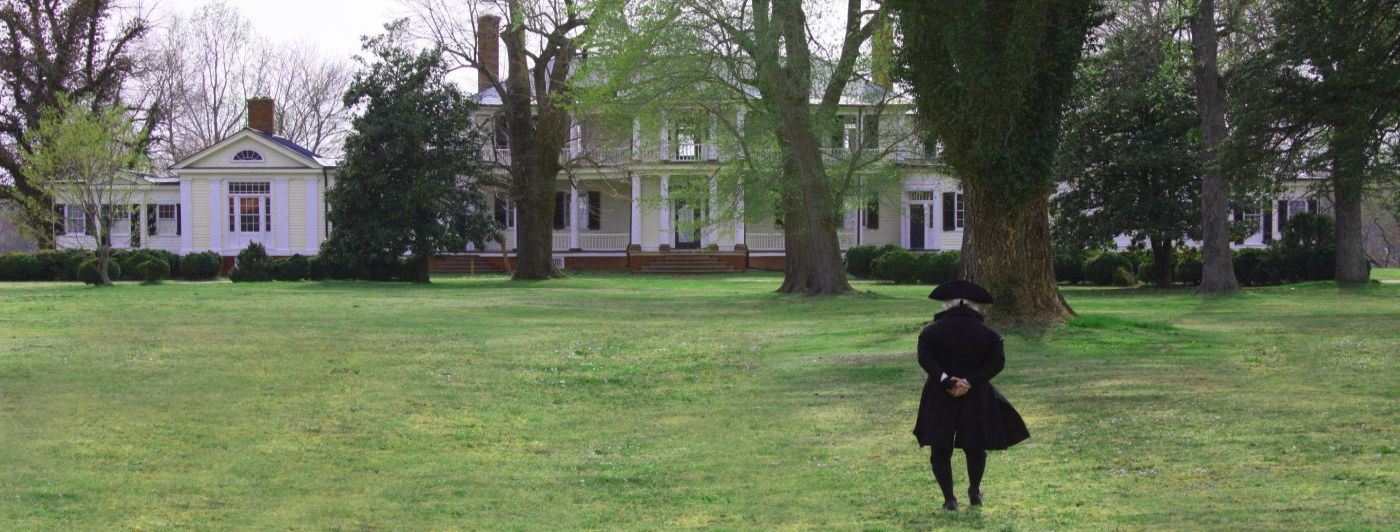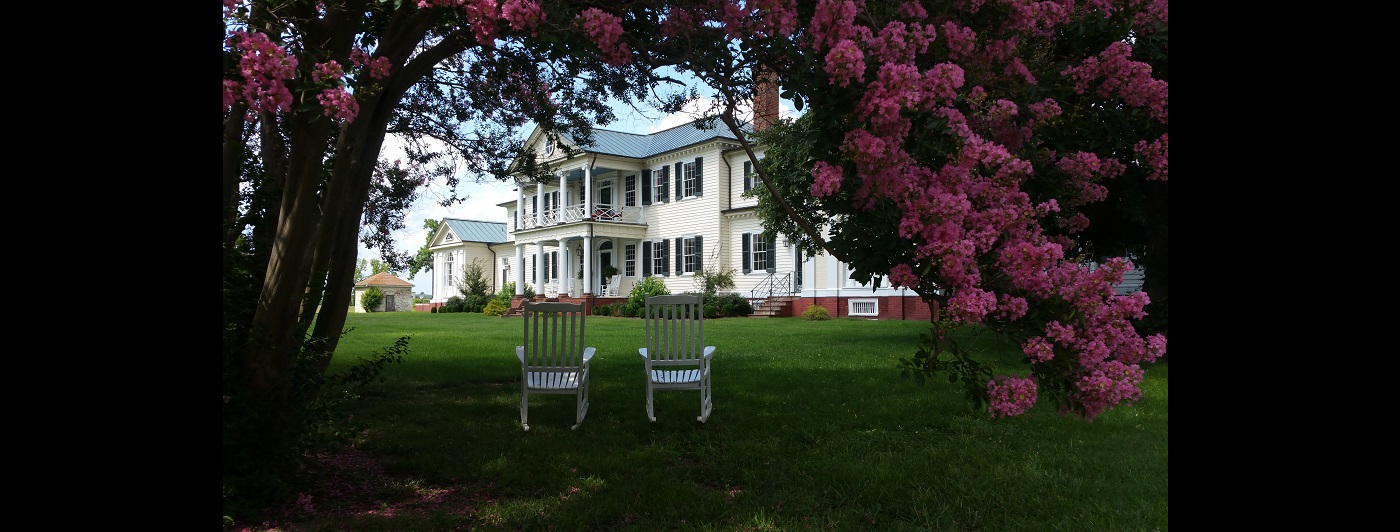Gloucester County
In the coming weeks, we are going to be up at the plantation with several activities that we have going on, so we took advantage of this down weekend. Brett caught up on a few chores at our house in Chesapeake as well as catching a few college football games. I decided to head out for a day of antique shopping. I have just a few more plates to match to tea cups to complete my sets for the afternoon tea at Belle Grove. So I headed up to Gloucester to hit a few places I haven’t been yet.
My first stop was in Yorktown at The House Key Antiques and Interior Design. This is the company that will be assisting us in filling Belle Grove with wonderful antiques and interior décor. I spent about an hour discussing my ideas and wants for Belle Grove and getting some “homework” for us to do in order to help Susie and George in fulfilling our desired look for the plantation. With us having to wait four months for zoning, we are going to do as much as we can to prepare and find what we need so we don’t have too much more of a delay in opening Belle Grove.
I then headed to a local flea market called “Stagecoach Market and Antiques” located in Gloucester, Virginia. We have driven past this flea market many times on the way to Belle Grove and I wanted to stop and see what they had. There were some nice permanent shops there. One of these shops called “Catherine’s Place” had some really wonderful pieces. It was there that I found my first treasure of the day.
After looking through a few more shops, I headed out to the Historic Glouchester downtown area. This is another location we have seen signs for as we drove to Belle Grove that I have wanted to see. Gloucester is a historic town that was formed in 1651 in the Virginia Colony. The county was named for Henry Stuart, Duke of Gloucester, third son of King Charles I of Great Britain. Before the English arrived this area was inhabited by a Native American tribe in an area called Werowocomoco, a stronghold of the Powhatan Nation.
The English settlers would at arrive at Jamestown in 1607. These settlers would soon come into conflict with the Native Americans as they competed for resources. In late 1607, John Smith was captured and taken to Powhatan at Werowocomoco, his eastern capital in the present day Gloucester County. According to legend, Powhatan’s daughter Pocahontas saved John Smith from being executed by the tribe there.
The center of Historic Gloucester has an area called Gloucester Court House. Here you will find a main street filled with quaint shops and dining. There is also a Court House Circle that has several colonial buildings and the Visitor Center. It was in Gloucester Court House that I made my next stop. “Wisteria Lane” had been recommended to me by someone at Stagecoach Market. What a wonderful shop! They have artwork, books and tons of silver! I wasn’t looking to purchase silver pieces this day, but now I have a place to go to find what I am looking for.
My last stop was up the road a ways from Gloucester Court House. Located about four miles up John Clayton Memorial Highway, I found a wonderful historic farm, called Holly Hill Antiques that was filled with antiques as far as the eyes could see. The house located on this farm was built in 1880. There is a large barn, a very old shed and several smaller dependencies behind the house and barn. Every one of these buildings was filled with antiques!
I started in the barn and spent a good thirty minutes walking up and down areas with every kind of antiques. There was art work, furniture, house ware, and even several wooden mermaids from old boats. I found several tea cups, which I didn’t buy because I have all I need right now. But there were no plates really in the barn. There were a few silver tea pots, but just not the right kinds I wanted for Belle Grove.
As I stepped out of the barn, I met one of the employees who shared with me some of the information of the house and buildings. Tara told me that the house was also open and would have what I was looking for as far as plates. She also directed me to one of the dependencies that might have some plates as well. I stopped first at the dependencies, but it was filled with mostly old kitchen items like cast iron pans and such.
As I made my way up towards the house, I came up to one of the trees in the yard. Looking at this tree reminded me of our trip to Mount Vernon. It was as large as the trees we had seen there. Standing nearby was another employee who it turns out lived in the house as a child. I told her that this tree reminded me of the trees at Mount Vernon and that I bet it was here in the early 1700s as those at Mount Vernon had been. She agreed and said that she had no doubt it was.
As I walked into the house, I was amazed at the amount of antiques in each room. Dishes and artwork were abundant. It was in the dining room that I found my second treasure of the day.
I made my way up to the second floor passing homemade quills hanging on the landing rails. It was funny, but I found myself looking more at the house than the antiques most of the time.
I think the wallpaper amazed me the most. What wonderful old patterns it had. Upstairs there were four rooms and a bathroom in the back wing of the house. It even had a servant’s staircase that was blocked by antiques. I think I spent a good hour or two just looking around. Another thing that amazed me was the family pictures. Albums and wall-mounted pictures were all over the place. Looking at them, I wondered if they had lived there and what their lives must have been like.
As I walked back to the car, Tara wished me a good day. I know that I didn’t see half of what this farm has to offer. I can see another trip here soon! If you love antiques and want a true treasure hunt, I wound highly recommend a detour down John Clayton Memorial Highway to this historic farm.






































